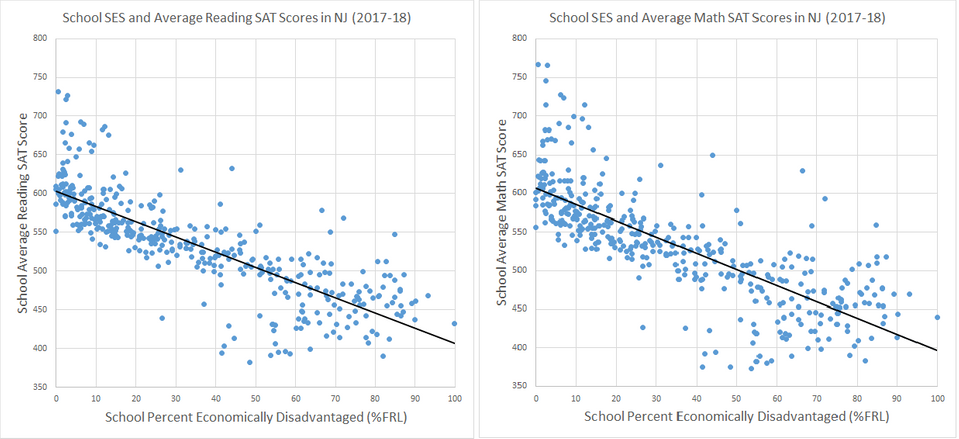SchoolBonusPoints
METHODS
Planned studies and methods for School Bonus Points
Planned Study 1
Study 1: Examining the potential to incentivize voluntary integration
The potential of School Bonus Points to incentivize K-12 school integration would be examined using a marketing-style study.
To be examined:
- Can we demonstrate that School Bonus Points would provide an attractive incentive for integration?
- What would be an effective presentation and size of School Bonus Points?
- What other factors increase/decrease the incentive effect?
Planned Study 2
Study 2: Develop calculation methodology for School Bonus Points, and examine implementation options
To be examined:
- Scale of School Bonus Points (e.g., 1-10 scale, 0-100 scale).
- Function for rate of increase of bonus points, based on economic disadvantage of the school's student body (e.g., linear or other correspondence between School Bonus Points and percentage of students eligible for free/reduced-price lunch (FRL)).
- Recommendations for implementation: How institutions of higher education can include School Bonus Points in admissions.
Note: The graphs below indicate the decrease in school average SAT scores as %FRL increases.
Regression equations: Reading score = 603 – 1.97(%FRL); Math score = 607 - 2.11(%FRL).
This indicates that students attending low-SES schools lose about 200 points per content area.
Correlations with %FRL are -0.81 for reading scores and -0.77 for math scores.
In addition to being an integration incentive, School Bonus Points could perform as a part of a compensatory factor for educational disadvantage when determining admissions to institutions of higher education. As such, the School Bonus Points calculation methodology will be informed by the relationship between school percentage FRL students and standardized test scores.
Data from the NJ DOE 2017-2018 school year performance reports database. N=408 High Schools.
Planned Study 3
Implementation and Study 3: Examine effectiveness of the School Bonus Points incentive on K-12 school and neighborhood integration, as well as impact on diversity of students at participating (and non-participating) institutions of higher education.
The project will be implemented with participating institutions of higher education using School Bonus Points to inform admissions decisions.
To be examined:
- Changes in K-12 school (and neighborhood) integration by race and SES.
- Changes in demographics in participating (and non-participating) institutions of higher education.
- Changes in academic (as well as other) outcomes.
Note:
Data from New Jersey schools is presented in the examples. National data will inform School Bonus Points calculation methodology, as well as recommendations for use, and studies of effectiveness.
